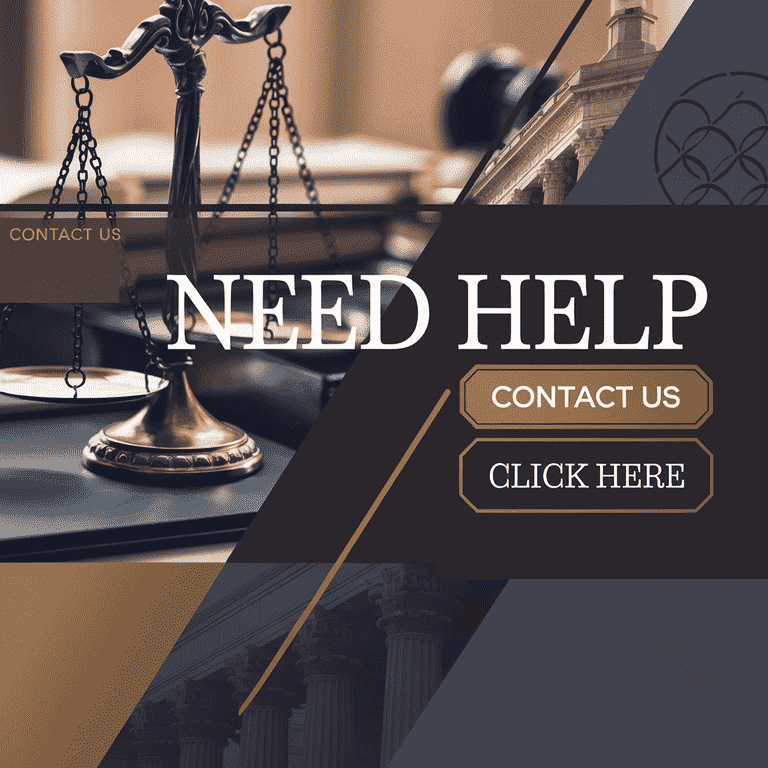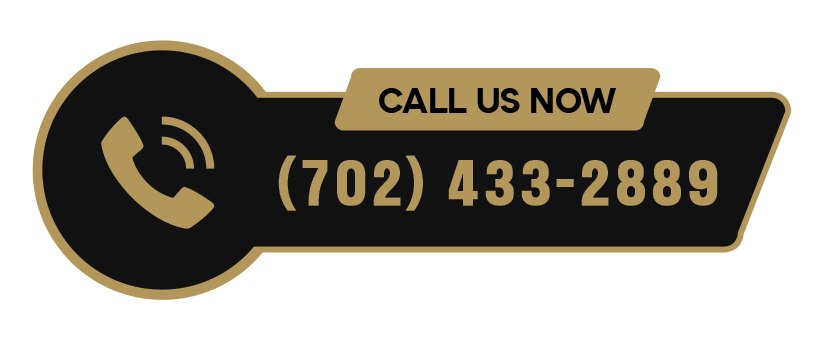Las Vegas is a busy city, and car accidents happen often. Knowing who is at fault is crucial for insurance claims and peace of mind. Where a car gets hit shows a lot. It tells about the person responsible. This guide will help you understand how to figure out who is at fault based on where the damage is.
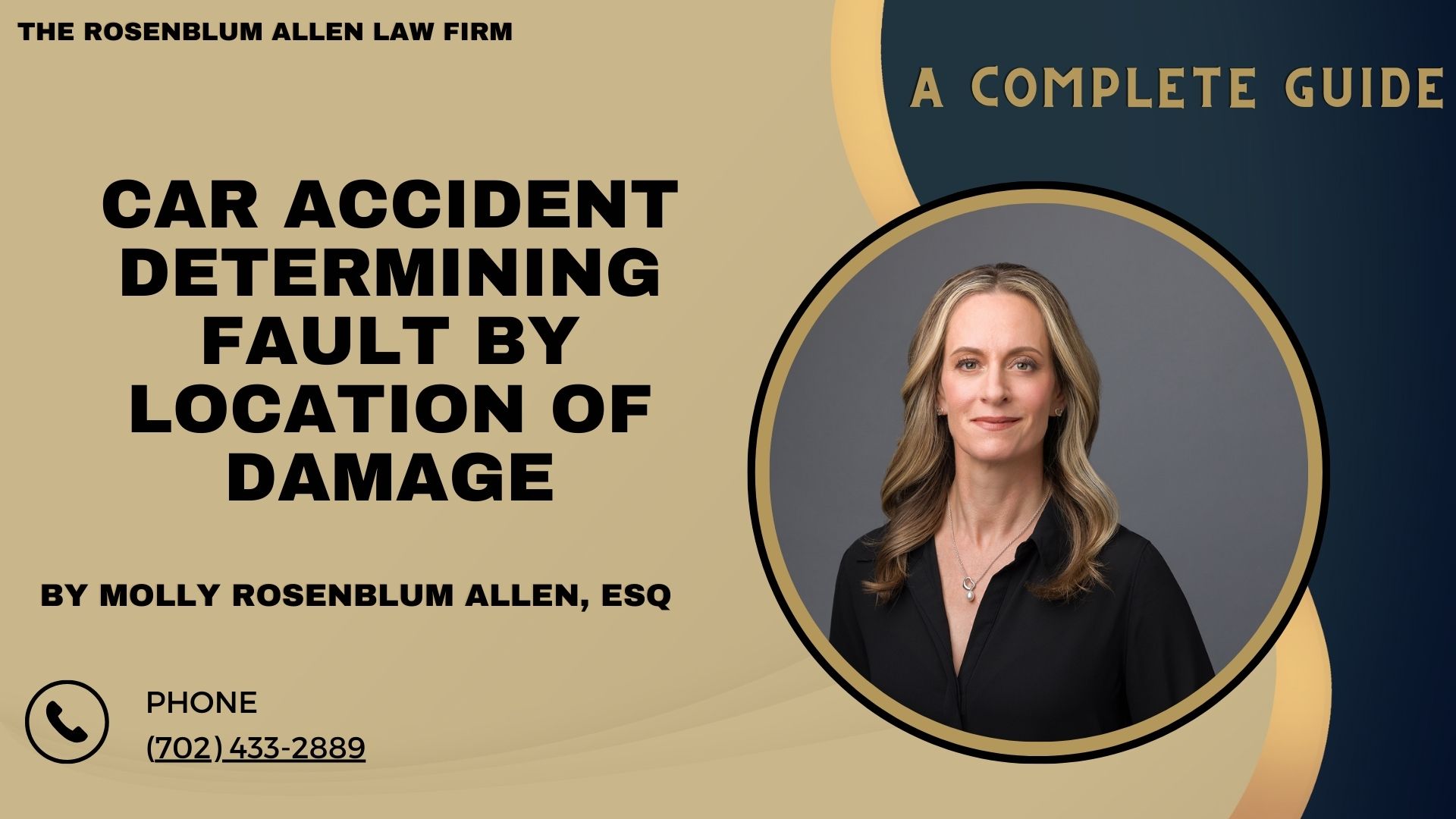
Understanding Nevada’s Traffic Laws Related to Fault
In Nevada, how much you are to blame for an accident affects if you can get money for damages. It’s essential to know the rules of the road because breaking them can show who caused the accident.
Comparative Negligence in Nevada
Nevada’s law says you can’t get money from the other driver if you’re more than 50% at fault. This rule makes drivers think about their driving and how it can affect them after an accident.
Role of Traffic Laws in Determining Fault
Traffic rules are vital in figuring out who is at fault. If someone breaks a rule, like running a red light, it’s a significant clue they’re to blame. Knowing these rules helps you understand how the damage location determines fault.
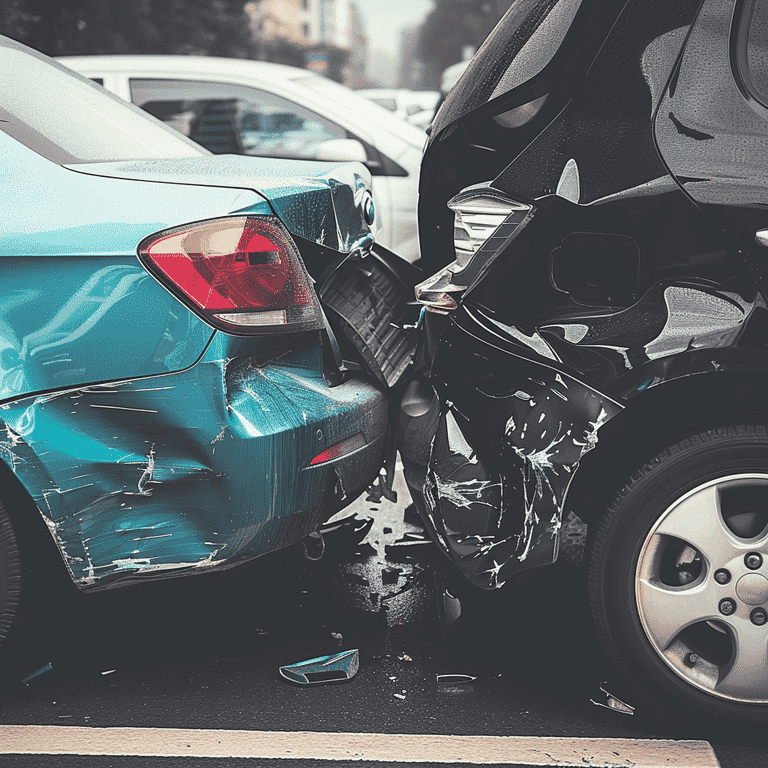
Analyzing the Location of Damage
The location of car damage can reveal the accident’s story. Let’s see what different damages suggest.
Front-end Damage and Fault Implication
Front damage happens in many accidents, each showing different fault clues.
Head-on Collisions and Fault Assessment
The location of the front of a car in head-on crashes can say how and where it was hit. It can show if a car was moving, stopped, or out of its lane. This helps figure out who is at fault.
Rear-end Collisions and Determining the Responsible Party
Usually, if you hit someone from behind, it’s your fault because you should keep a safe distance. The damage can prove this.
Side-impact Damage and Fault Determination
Damage on the side comes from specific crashes, like T-bones or sideswipes.
T-bone Collisions and Fault Analysis
T-bone crashes usually happen at intersections and show who didn’t yield or run a light. The side that’s hit tells us who had the right of way.
Sideswipe Incidents and Liability
Sideswipes happen when cars merge or change lanes. Damage, witnesses, and cameras can help figure out who’s to blame.
Rear-end Damage and Fault Implications
Rear damage isn’t always straightforward, especially in pile-ups.
Common Scenarios Leading to Rear-end Damage
Understanding why rear-end collisions happen is essential for interpreting the damage. Causes range from sudden stops to not paying attention.
Multi-car Pile-ups and Fault Complexity
Pile-ups are challenging. Figuring out who’s at fault is hard. Many drivers may share the blame. The order of impacts and where the damage is are essential in figuring this out.
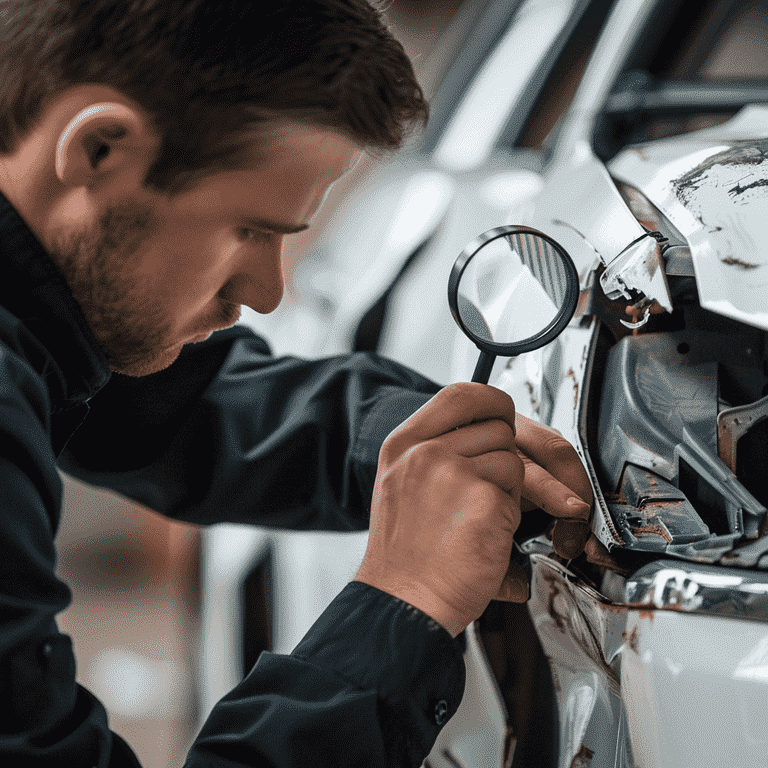
The Role of Evidence in Fault Determination
After a car accident, collecting evidence is critical. It helps show what happened and who caused the accident. Here’s the best way to gather evidence.
Gathering Photographic Evidence of the Damage
Photos can clearly show the accident’s impact. They’re crucial for explaining how the crash happened.
How to Effectively Photograph Your Vehicle
Take many photos from different angles.
Get close-ups of the damage.
Include pictures of the area around the accident.
What Details to Focus On
Notice any paint on your car from the other vehicle.
Look for tire marks on the road.
If you’re hurt, take photos of your injuries.
Witness Statements and Their Impact on Fault Determination
People who saw the accident can give important details. Their stories can support what you say happened.
How to Collect Witness Statements
Get their names and contact information.
Ask where they were when the accident happened.
Have them describe the accident in their own words.
Assessing the Credibility of Witnesses
Make sure they can see the crash.
Their story should match the evidence.
They shouldn’t favor any side unfairly.
Police Reports and Their Influence on Fault Assessment
A police report is a formal account of the crash. It’s often used to figure out who’s at fault.
Understanding the Police Report
It shows the officer’s perspective on the accident.
It lists any traffic laws broken.
It might say who was at fault.
How Investigators Use Police Reports to Determine Fault
Insurance companies look at them closely.
Lawyers use them to support your case.
Courts might use them in disputes.
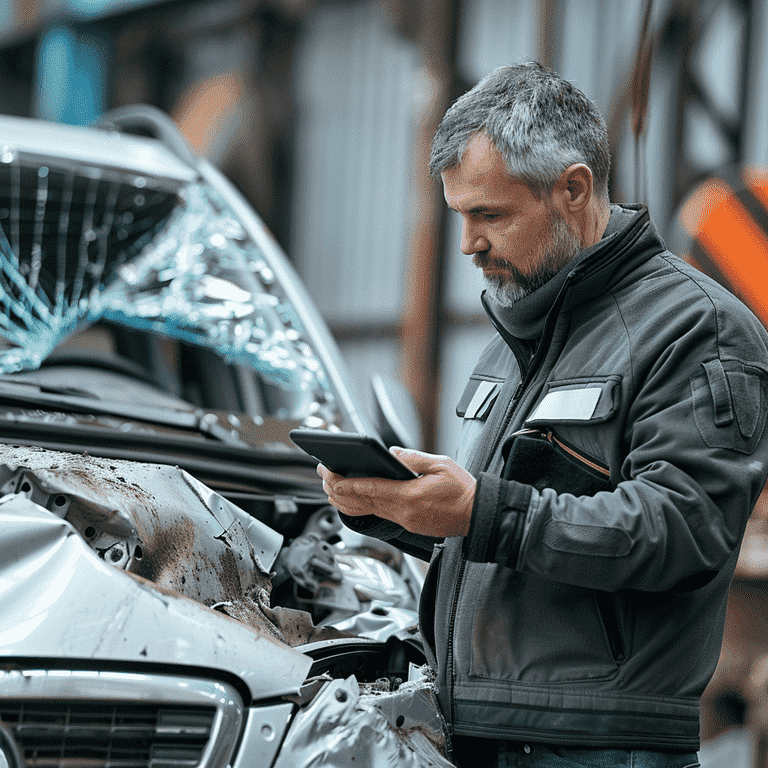
Expert Analysis and Reconstruction
Experts sometimes need to help figure out who’s at fault. Here’s how they can help.
Role of Accident Reconstruction Experts
These experts use science to explain the crash. They look at the damage and all available evidence to understand what happened.
How Experts Determine Fault Based on Damage
They study the impact’s angle and force.
They estimated how fast the cars were going.
They might use computer simulations.
The Science Behind Accident Reconstruction
It’s based on physics and engineering.
Computer models help them recreate the accident.
Their goal is to show precisely how the crash happened.
The Importance of Mechanical Inspections
Sometimes, a car malfunction causes a crash. Checking the car can reveal these issues.
Identifying Mechanical Failures
Look for problems with brakes or tires.
Check the steering system and engine.
Examine any car modifications.
How Mechanical Failures Affect Fault Determination
A car malfunction might shift who’s at fault.
It could lead to claims against car makers or mechanics.
It ensures a fair look at who caused the accident.
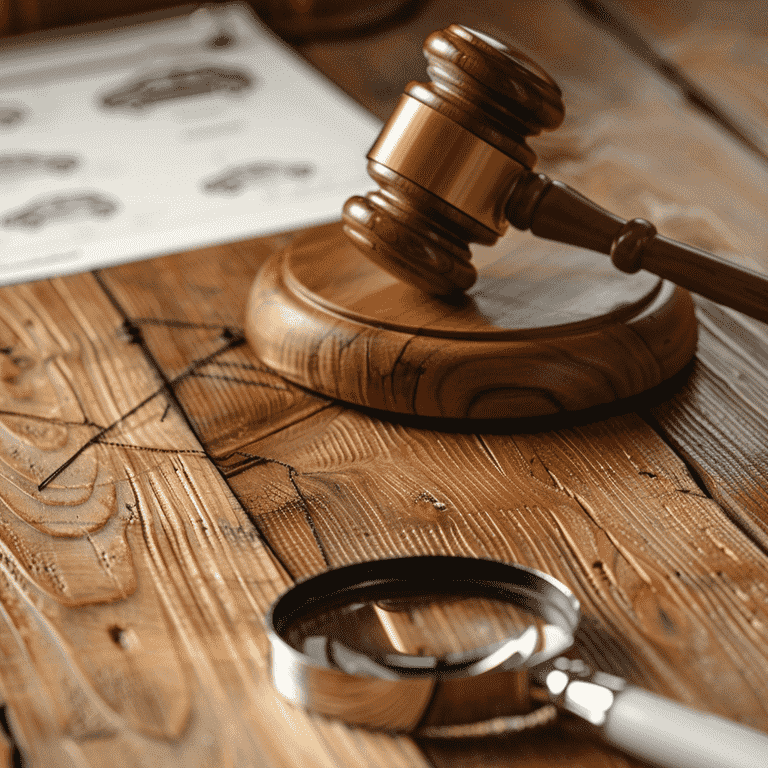
Legal Considerations in Fault Determination
Dealing with the aftermath of a car accident includes understanding how law decides who is at fault. This section explains how insurance companies and courts play a role.
How Insurance Companies Assess Fault
Insurance companies have a big say in deciding fault. They use all available information to make their decision.
Insurance Adjuster’s Role in Fault Determination
They look over the accident details and evidence.
They might check the accident scene.
Their job is to figure out who caused the accident.
Disputing the Insurance Company’s Fault Determination
If you disagree with their decision, you can challenge it.
Show more evidence to support your side.
A lawyer can help make your argument stronger.
The Litigation Process for Disputed Fault in Las Vegas
The dispute might go to court if the fault is still in question. Here’s what to expect.
Preparing for Court
Collect all your evidence, like photos and witness statements.
You might consult an expert again.
Your lawyer will help get your case ready.
What to Expect During the Litigation Process
Each side shows their evidence.
Witnesses may testify.
Based on the evidence presented, someone makes the decision on fault.
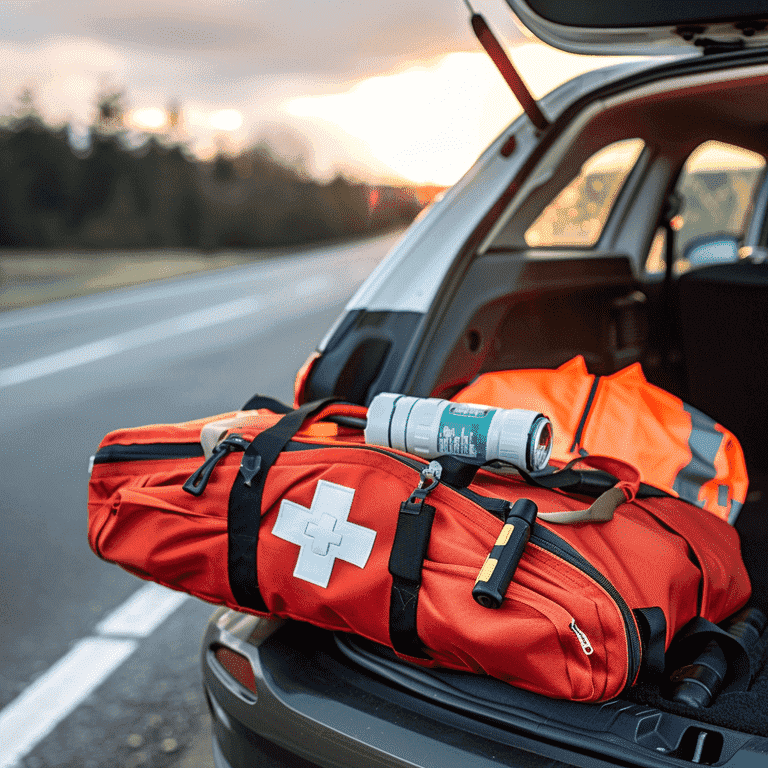
Tips for Protecting Yourself After a Car Accident
The steps you take immediately after an accident are essential. Here’s what you should do.
Immediate Steps to Take Following an Accident
Quick, intelligent actions can help a lot.
Safety and Health First
Check if everyone is okay.
Call for medical help if it’s needed.
Move to a safe place if possible.
Documenting the Scene and Damage
Take lots of pictures.
Get contact info from any witnesses.
Write down what happened right away.
Seeking Legal Advice
Getting help from a lawyer might be necessary.
When to Contact a Lawyer
If you’re injured or there’s major damage.
If you believe the other driver is at fault.
If the insurance company isn’t fair.
Choosing the Right Lawyer for Your Case
Find someone experienced with car accidents.
Ask about their success with similar cases.
Could you make sure you’re comfortable with them?
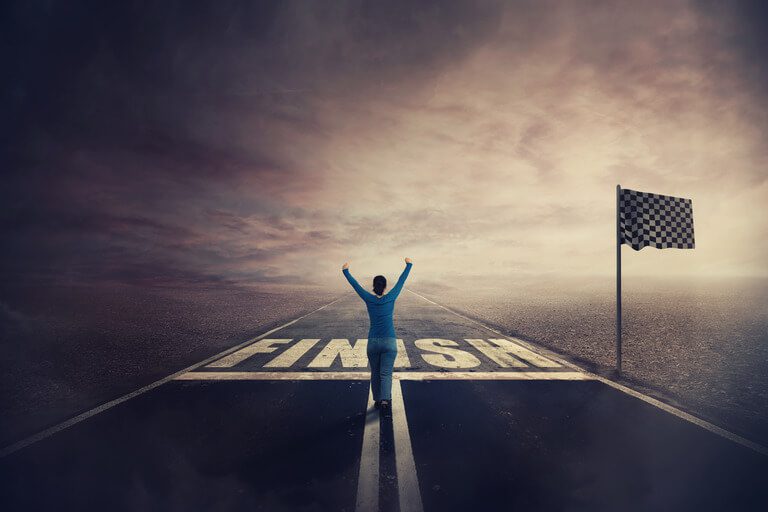
Breaking It All Down
Figuring out who’s at fault in a car accident examines the damage, laws, and evidence. In Las Vegas, knowing these things helps with what comes after an accident. Let’s quickly go over the main points:
Location of Damage: Gives clues about who might be at fault.
It is important to understand how fault is shared in Nevada’s Traffic Laws.
Collecting Evidence: Photos, witness accounts, and police reports are essential.
Expert Analysis: Sometimes, I needed to figure out precisely what happened.
Legal Steps: Help sort out disagreements over who caused the accident.
After an accident, what you do first matters. Documenting the scene and getting advice can protect you and help resolve things.
Tips for Las Vegas Residents
If you’re in a car accident, here’s how to manage:
Stay Calm: First, ensure everyone is safe, then gather evidence.
Understand Your Rights: Knowing local laws helps with insurance and disputes.
Get Help When Needed: A lawyer can be crucial for injuries or significant damages.
Being prepared makes a difference when facing challenging accidents. You need to know what to do. And, you need the right help. This is true when dealing with insurers, thinking about the court, or just getting through.
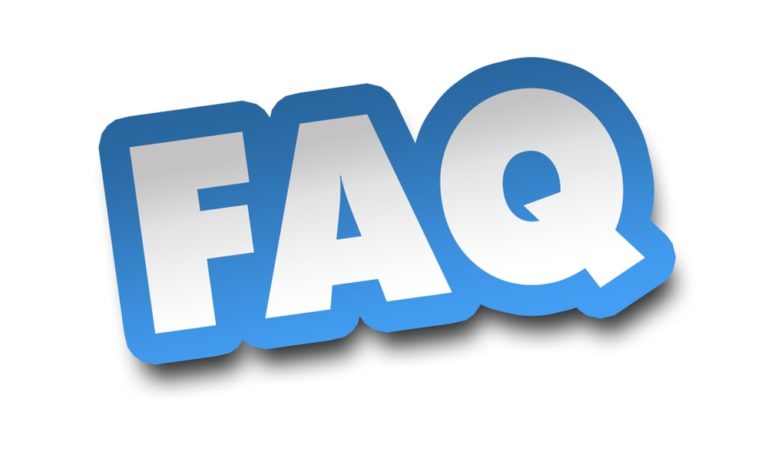
Frequently Asked Questions
What should I do if the other driver leaves after the accident?
If the other driver flees, note any details about their vehicle or appearance, and immediately report the incident to the police as a hit-and-run. Inform your insurance company about the situation promptly.
Can bad weather affect who’s blamed for an accident?
Regardless of weather conditions, drivers are expected to operate their vehicles safely. If someone’s driving behavior remains unsafe in adverse weather, it can influence fault determination.
Will saying I’m sorry at the accident scene affect my insurance claim?
Apologizing at the scene could potentially harm your insurance claim. It’s best to avoid admitting fault and let experts determine responsibility based on evidence collected.
How quickly should I file an insurance claim after an accident?
You should contact your insurance provider promptly after an accident, ideally within a day or two. Specific timeframes may vary, so review your policy to understand any deadlines.
Is dashcam footage useful in determining fault?
Yes, dashcam footage is valuable evidence as it provides a clear record of events leading up to, during, and after the accident, aiding in determining fault.
What if both drivers are at fault?
In Nevada, if both drivers share responsibility, each may be liable for a portion of the damages based on their level of fault.
Are there times when Nevada’s comparative negligence rule doesn’t apply?
Exceptions to Nevada’s comparative negligence rule may occur, such as cases involving intoxicated driving, which may result in stricter penalties and greater culpability.
How do I challenge an insurance company’s decision on fault?
To contest the insurance company’s determination, present new evidence supporting your position. If an agreement cannot be reached, seeking assistance from a lawyer may be necessary.
What does a personal injury lawyer do?
A personal injury lawyer assists individuals with legal and insurance matters following an accident, aiming to ensure fair compensation for injuries or damages sustained.
How can I legally protect myself right after an accident?
To protect yourself legally after an accident:
- Do not admit fault.
- Collect evidence thoroughly, including photos, witness contact information, and documenting the sequence of events.
- Consult with a lawyer, particularly in cases involving significant injuries or property damage.
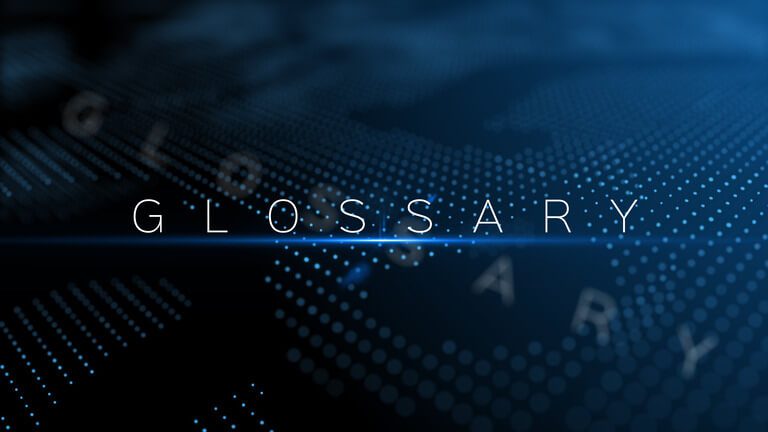
Glossary
Comparative Negligence: A rule that says both people in an accident can be partly to blame. How much you pay or get paid depends on how much the accident was your fault.
Dashcam Footage: Video from a camera on your car’s dashboard. It shows what happened during an accident and can help determine who’s at fault.
Fault Determination: Figuring out who caused an accident. This involves examining the evidence, what happened, and sometimes expert opinions.
Insurance Adjuster: A person who works for an insurance company to look at accidents. They decide how much the company should pay for the damage.
Mechanical Inspection: Checking a car to see if something broke or didn’t work right, which might have caused an accident.
Personal Injury Lawyer: A lawyer who helps people injured in accidents. They deal with insurance and can go to court to get money for injuries.
Police Report: A report made by the police after an accident. It details what happened, who was involved, and sometimes who was at fault.
Rear-end Collision: When one car hits the back of another vehicle. Usually, the driver who hits the other car is at fault.
Side-impact Collision (T-bone): An accident where one car hits the side of another. This often happens at intersections, and figuring out who has the right to go is essential.
Witness Statement: What did people who saw the accident say happened? These stories can help figure out the details of the accident.
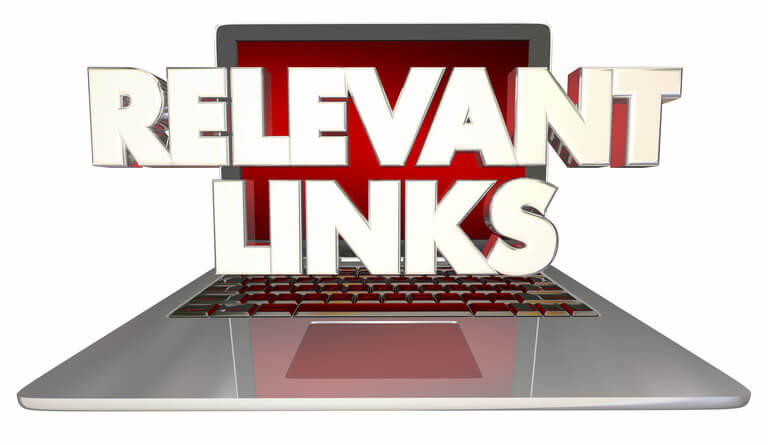
Additional Resources for You
Our lead attorney, Molly Rosenblum Allen, Esq., has prepared a series of helpful resources for those in need. If you’re dealing with the aftermath of an accident or facing legal challenges, we’re here to assist. Check out these resources for effective advice and support:
- For help after a personal injury in Las Vegas, see Las Vegas Personal Injury Attorney.
- If you’re involved in a car accident, detailed support is available at Las Vegas Car Accident Attorney.
- Motorcycle accident victims can find specialized help at Motorcycle Accident Lawyer Las Vegas.
- For those dealing with the loss of a loved one due to negligence, Wrongful Death Lawyer Las Vegas offers dedicated support.
- If your accident involved a truck, effective legal guidance is at Truck Accident Attorney Las Vegas.
- For victims of drunk driving accidents, Las Vegas Drunk Driving Accident Attorney provides resources and advice.
- If you’ve been injured in a slip and fall, visit Las Vegas Slip and Fall Attorney for assistance.
Molly Rosenblum Allen, Esq., and our dedicated team are here to support you with the resources and legal expertise you need during these challenging times.

Outside Resources for You
For further reading and resources related to the content, consider these useful websites:
American Bar Association: A central resource for finding legal help and understanding your legal rights. Visit site.
National Highway Traffic Safety Administration: Offers comprehensive information on road safety and accident prevention. Visit site.
FindLaw: A valuable resource for legal information on a wide range of topics, including personal injury and accident law. Visit site.
American Association for Justice: Provides resources for those seeking justice in personal injury and other legal matters. Visit site.
Insurance Information Institute: Offers detailed insights into insurance, including how to handle claims after an accident. Visit site.
SafeRoads USA: Advocates for road safety and provides information to help prevent accidents and protect accident victims. Visit site.
These websites offer a wealth of information and support for individuals dealing with the aftermath of car accidents, seeking legal advice, or simply aiming to stay informed on relevant topics.
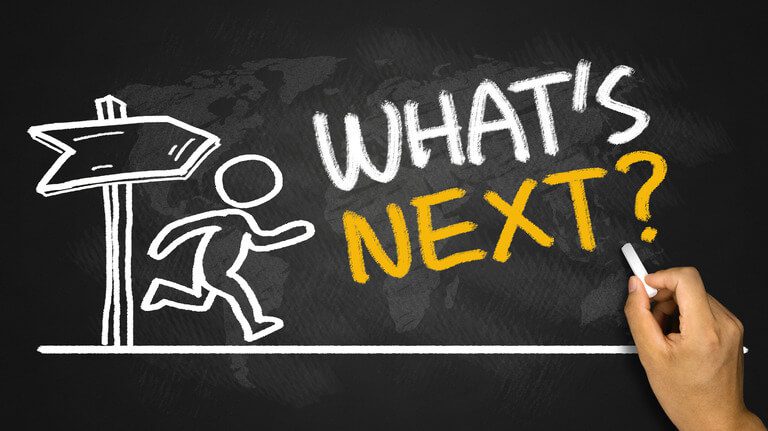
A Special Message from Our Lead Attorney, Molly Rosenblum Allen, Esq

Thank you for spending time using our resources. They were clear and helpful for understanding your situation and options. We’re dedicated to helping and guiding those who need legal advice. We work at The Rosenblum Allen Law Firm.
We encourage you to reach out if you have any questions or need more detailed advice. You can schedule a free consultation with us by calling (702) 433-2889.
We’re here to help you with your legal matters. We will do so with care and professionalism. Let’s find the best way forward together.
Best,
Molly Rosenblum Allen, Esq.

